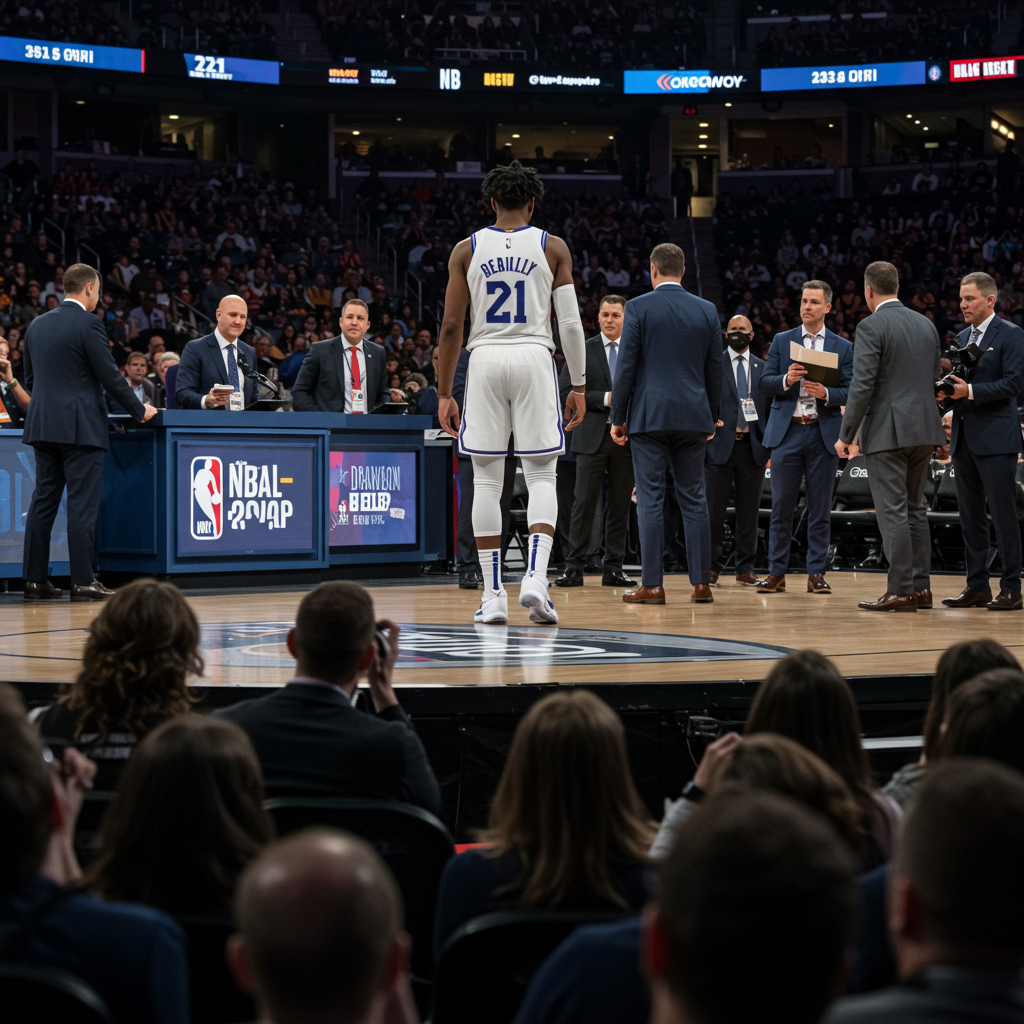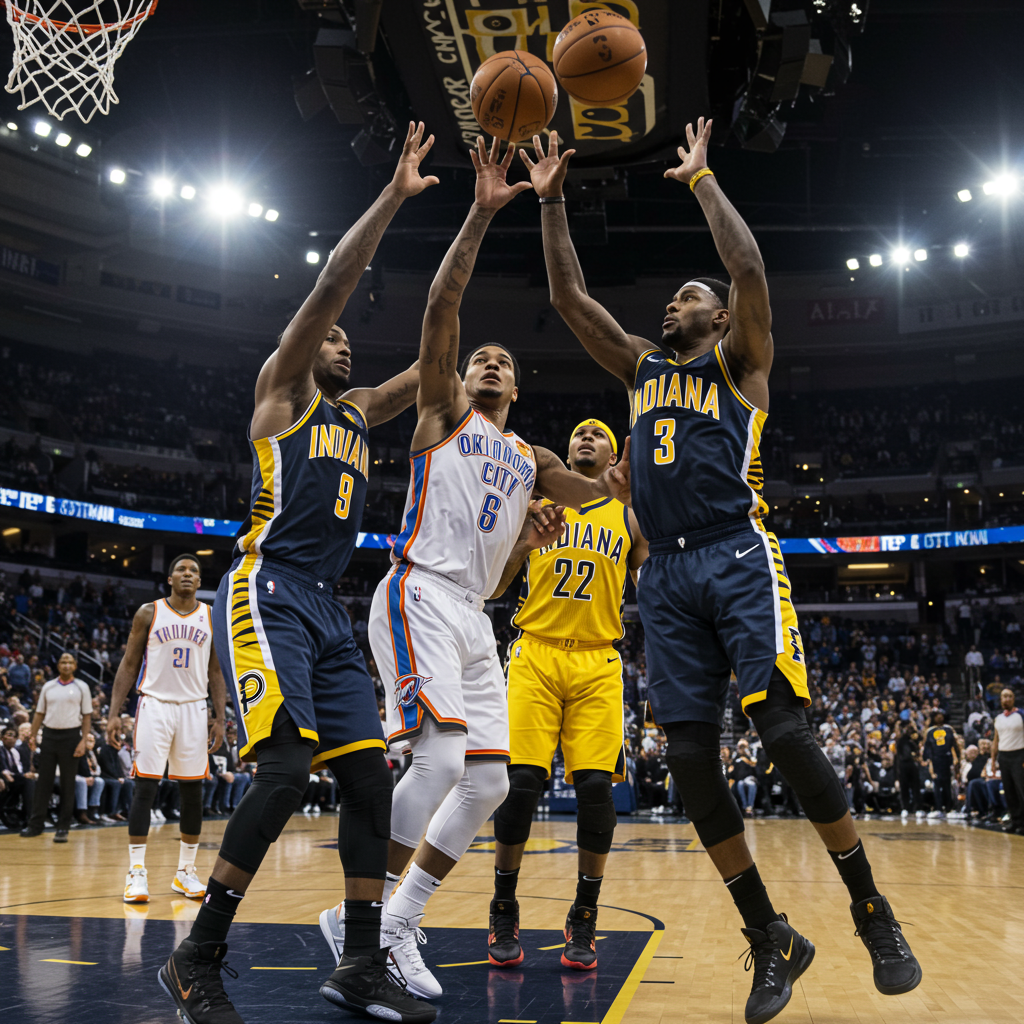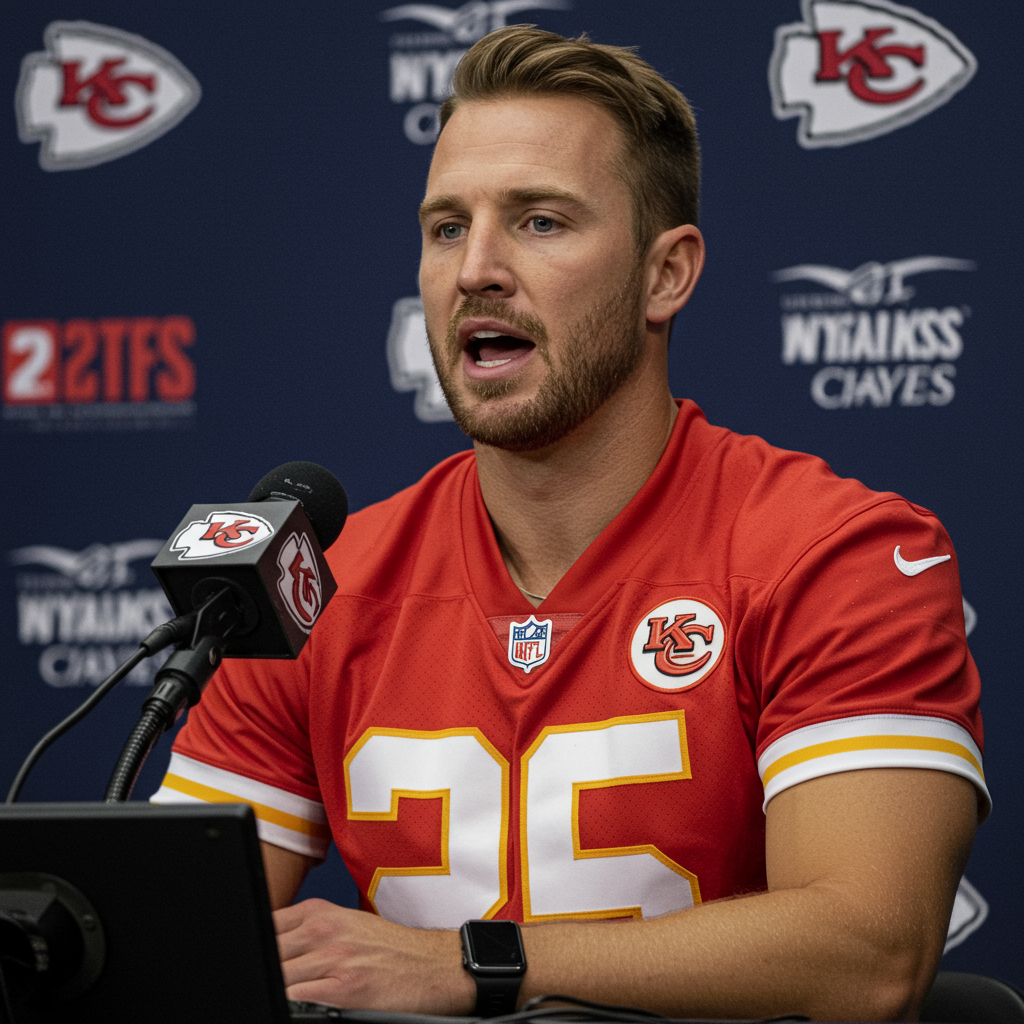The NBA Draft officially kicks off with the first round on Wednesday night, signaling the start of a potentially wild offseason. While the consensus indicates little suspense at the very top of the draft board, the picks that follow and the anticipated trade activity promise an action-packed evening that could significantly shape the league’s future landscape for years to come.
What are the burning questions and key storylines to track as teams make their pivotal selections? Here’s a look at what to watch.
The Expected Start: Flagg to Dallas, Harper to San Antonio
Draft night often brings surprises, but the initial two picks are widely considered settled. The Dallas Mavericks, holding the coveted No. 1 overall selection, are reportedly locked in on choosing Cooper Flagg. Seen as the draft’s consensus top prospect, Flagg is viewed as a potential future cornerstone the Mavericks can build around, providing a high-ceiling talent as their current championship window centered on Luka Doncic and Kyrie Irving evolves. Flagg’s appeal stems from his elite rim protection, defensive versatility, developing point-forward instincts, and floor stretching ability.
At No. 2, the San Antonio Spurs appear poised to retain their pick and add Rutgers guard Dylan Harper. Harper is considered the best available talent and fits logically alongside Victor Wembanyama. He could develop into a long-term pick-and-roll partner for Wembanyama, or his value could make him an enticing trade asset down the line, particularly if the Spurs opt against re-signing De’Aaron Fox in 2026. Beyond the top two, other high-level prospects like French guard Nolan Traore and Baylor’s V.J. Edgecombe are seen as excellent consolation prizes for teams picking just outside the top two.
Ace Bailey: The Draft’s Biggest Enigma
While Flagg and Harper sit atop the board, no prospect is more polarizing or central to potential draft drama than Rutgers product Ace Bailey. Bailey’s evaluation is described as “deceptively complex” among NBA executives, showcasing incredible flashes of elite shot-making from difficult angles and scoring instincts, particularly off guarded catch-and-shoot looks and a developed floater game. Yet, these positives are often overshadowed by significant warts: questionable shot selection, struggles creating separation off the dribble, and inconsistent decision-making, highlighted by a “putrid” assist rate despite high usage.
Further complicating his profile is a highly unusual pre-draft process orchestrated by his agent, Omar Cooper. Bailey is the only domestic prospect who has declined to participate in individual team workouts. Speculation suggests this strategy aims to steer Bailey toward a more advantageous situation with an early path to stardom, potentially requiring a team to trade up into the top four, which is reportedly his camp’s preference.
Despite the risks, Bailey’s talent keeps him firmly in the mix early. His draft range is believed to start as high as No. 3 with the Philadelphia 76ers, though some projections have the Sixers favoring a more game-ready player like VJ Edgecombe. His floor is likely No. 6 with the Washington Wizards. Washington is reportedly a more desired destination for the Bailey camp than the Utah Jazz at No. 5, making the Wizards, New Orleans Pelicans (No. 7), and Brooklyn Nets (No. 8) prime candidates to trade up just ahead of Utah to secure him.
Evaluations of Bailey’s defense are also mixed. While he possesses physical tools (quickness, 7-foot wingspan) for effective help-side rim protection when focused, consistency is an issue. Positively, his consistent effort and ball-tracking make him a strong rebounder. Ultimately, Bailey is viewed as a project player whose youth and current flaws mean significant contribution on a rookie contract is unlikely.
Other Polarizing Prospects to Watch
Bailey isn’t the only prospect with a wide range of outcomes and evaluations. Keep an eye on players like Maryland’s Derik Queen and Illinois’s Kasparas Jakucionis, both potential lottery picks. Queen’s offensive skill set is intriguing, but concerns about his fitness, defensive mobility, and maturity could cause him to slide. Jakucionis offers size, feel, and shooting but battled turnover issues. Both are unlikely to fall far outside the lottery, with teams in the late teens ready to capitalize.
Later in the first round, a deep class of wings could lead to surprising slides. Cedric Coward, a remarkable story from Division III to Washington State, has skeptics due to injury history. Will Riley’s slender frame and unorthodox game contrast with supporters who laud his shooting and feel.
The Draft Night Trade Market
Beyond player selections, anticipate significant trade activity. Teams holding multiple first-round picks are prime candidates to make moves. The Oklahoma City Thunder, with picks No. 15 and No. 24, are a team to watch. With limited roster space, OKC is likely to package these picks to move up into the back end of the lottery or trade one for future assets or salary relief.
The Brooklyn Nets possess a staggering five first-round picks (mostly in the 19-27 range) plus an early second-rounder (No. 36). They are unlikely to roster all these players and are major players to either package picks to move up (potentially for Bailey) or trade them for future draft capital.
Other teams with multiple picks that could be active include New Orleans (7 & 23), Phoenix (10 & 29), Washington (6 & 18), and San Antonio (2 & 14). The strategic positioning of teams like the Wizards, Nets, Portland Trail Blazers, Utah Jazz, Detroit Pistons, and Chicago Bulls – many potentially prioritizing high future picks like Flagg or Bailey – adds another layer of complexity to the trade landscape, influencing who might be willing to move assets now or save them for future drafts.
The CBA’s Strategic Influence on Pick Value
The league’s new Collective Bargaining Agreement, particularly the strict second apron of the luxury tax, significantly impacts team building. This makes it challenging to reshape rosters via free agency or high-salary trades. Consequently, the value of cost-controlled young players selected via the draft, especially those capable of becoming effective rotation players early, has never been higher.
This reality incentivizes teams to maximize the value of their draft picks. Finding game-ready prospects like Walter Clayton Jr., Nique Clifford, Maxime Raynaud, Ryan Kalkbrenner, or Johni Broome becomes crucial for teams navigating the tax landscape. Furthermore, Name, Image, and Likeness (NIL) opportunities in college have influenced the talent pool, sometimes making later picks feel shallower while also encouraging more international players to take the U.S. college route before entering the draft.
In conclusion, while the top of the draft may lack suspense, the fascinating evaluations of polarizing players like Ace Bailey, the potential for significant trade movement driven by teams positioning for the future and navigating the new CBA, and the strategic choices of teams with multiple picks make the remainder of the first round a must-watch event.



